Minimally Invasive Glaucoma Surgery (MIGS)
What is Minimally Invasive Glaucoma Surgery?
In recent years, a new group of surgical procedures known as Minimally Invasive Glaucoma Surgery (MIGS) have emerged. It involves the insertion of microscopic-sized stent(s) through tiny incisions and following implantation, they lower the IOP by increasing drainage of the intraocular fluid (aqueous humour) through the implants, hence reducing the eye pressure. They have shown promising results in the short-to-medium term, and have a higher safety profile and faster recovery time than conventional glaucoma surgeries, as there is minimal disruption to the other eye structure.
At the Asia Pacific Eye Centre, we offer MIGS options such is the iStent Inject (Glaukos) and Hydrus microstent (Ivantis).
MIGS can be performed together with cataract surgery, or as a stand-alone procedure. Hence, this is a good option to consider for patients with cataracts and early to moderate glaucoma, as it can potentially reduce the number of glaucoma medications after surgery. When performed at the same time as cataract surgery, there are no additional cuts or wounds, hence patients can expect the same recovery time as cataract surgery alone.
I want to know more about the available stents
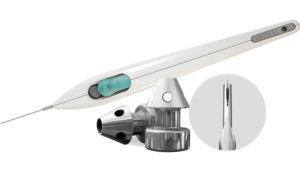
iStent Inject
The iStent was the first MIGS device to be FDA-approved in 2012 and it also has the longest proven safety profile. The iStent Inject (FDA-approved in June 2018) is a newer device with a modified injector that can be simultaneously loaded with 2 stents (Figure 1). Each titanium stent measures 0.36 by 0.23 millimetres and it is the smallest medical device known to be implanted in the human body (Figure 2). The stents are inserted into the drainage canals to allow increased outflow of fluid from the eye (Figure 3).
A prospective multicentre study has found that following implantation of 2 iStent Injects, majority of the patients (86.9%) were able to reduce the number of glaucoma medications. There were very few complications reported following implantation of the iStent Inject. Most commonly, there may be small amount of bleeding but it usually resolves on its own. In fact, a combined cataract surgery with iStent Injects has a safety profile similar to cataract surgery alone.

Hydrus Microstent
The Hydrus Microstent (Ivantis Inc, Irvine, California, USA) is an 8mm nitinol (metal alloy of nickel and titanium) device. It was FDA-approved in end 2018. Like the iStent, it is also injected into the drainage canal, either during a standalone procedure or together with cataract surgery. It helps to reduce eye pressure in 3 ways. First by enhancing natural outflow of aqueous upon placement in the drainage canal and secondly, in view of the stent’s scaffolding design, it also helps to expand the drainage canal. Lastly, as the microstent spans a full 90 degrees within the eye, the coverage ensures that fluid within the eye reaches a larger area of the drainage system.
The multicentre HYDRUS II study involved 100 patients with open angle glaucoma and cataracts to undergo either cataract surgery with Hydrus Microstent or cataract surgery alone.
At 24 months, there was a significantly lower eye pressure for eyes with the Hydrus Microstent (16.9mmHg versus 19.2mmHg), and a greater proportion of eyes with the Hydrus Microstent not on glaucoma medications (73% versus 38%), compared to eyes with cataract surgery alone. Complications rate were similar in the 2 groups.
Summary
Both types of MIGS procedures are for adult patients who have primary open-angle glaucoma, a common type of glaucoma. They can be done at the same time during cataract surgery, or as a stand-alone therapy, to help manage your glaucoma. This less invasive approach allows for fewer complications and faster healing times than traditional glaucoma surgery.
Similar to intraocular lens implant after cataract surgery, you won’t be able to feel the stents once it’s implanted into your eye. But after the surgery, your doctor will check your eye pressure to see if the pressure in your eye has been lowered. And he or she will advise you to stop the glaucoma medications accordingly.
Our Glaucoma Specialist - Dr Tan Yar Li
- 10+ Years of Experience
- Former Consultant at Singapore National Eye Centre (SNEC)
- Former Deputy Head of the Department of Ophthalmology at Changi General Hospital
- Awarded 3 gold medals for Best Candidate in Glaucoma, Vitreoretinal as well as Neuro-ophthalmology in the Eye Specialists’ Exit exam
- One of the first few surgeons in Singapore to perform Minimally Invasive Glaucoma Surgery (MIGS)
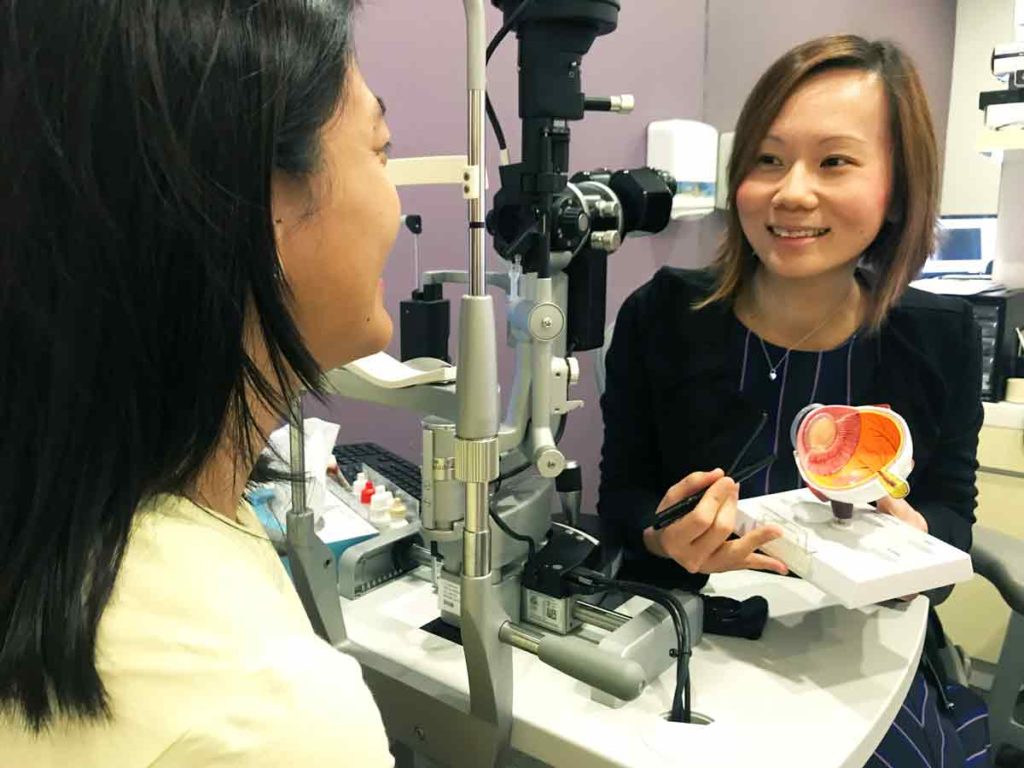


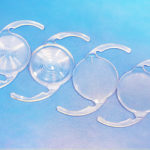
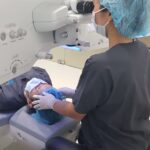

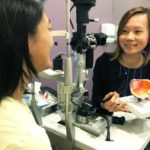

Technology
ISEC believes in continuous innovation, we regularly update our medical technology according to the latest industry developments.
Touch
Rest assured in the hands of experienced doctors with many years of surgical experience, as well as seasoned nurses and optometrists.
Trust
ISEC’s reputation is one that has been built around experience and trust, as evidenced by our large pool of referral patients.
